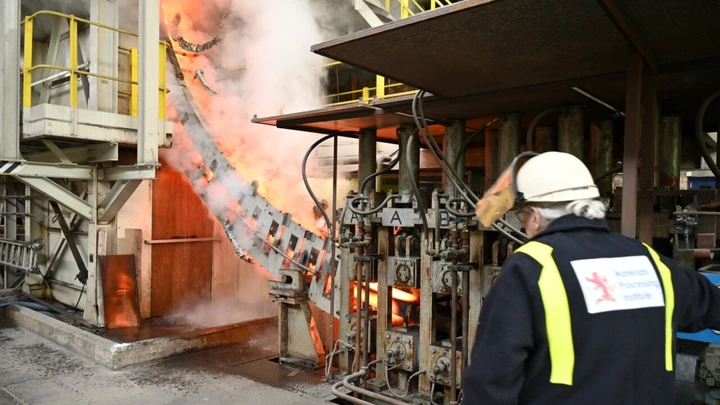UK develops innovative radiation-resistant steel, marking a significant advancement for fusion energy startups.
To create a miniature Sun on Earth, you'll require a significant amount of robust metal — and plenty of it.

View pictures in App save up to 80% data.
Scientists in the UK have forged 5.5 tonnes of a new kind of steel capable of withstanding the searing heat and intense neutron radiation of nuclear fusion, the same reaction that powers the Sun and stars. The breakthrough is another boost to Europe’s growing flock of fusion energy startups.
A working group known as NEURONE, part of the UK Atomic Energy Authority (UKAEA), has successfully developed reduced-activation ferritic-martensitic steel, commonly referred to as "RAFM." This achievement represents the first instance of RAFM being manufactured on an industrial scale within the UK.
“This is really positive and potentially has relevance for all fusionenergy projects,” Ryan Ramsey, COO at British startup First Light Fusion, told TNW.
Fusion reactors heat hydrogen atoms to very high temperatures, creating a charged state of matter known as plasma. By employing magnetic fields or lasers to compress this plasma, they induce the fusion of atoms, resulting in the release of vast amounts of energy that can be harnessed for electricity generation.
In a fusion energy reactor, the plasma can soar to astonishing temperatures of 150 million°C, momentarily turning these machines into the hottest locations in our solar system. To prevent the plasma from touching the metal walls, massive magnets are employed to keep it suspended in the air. The walls themselves are cooled to prevent them from becoming too hot, but standard steel simply cannot withstand the extreme conditions.
Ramsey stated, “The primary issue isn't the heat itself, but rather the damage caused by neutrons.” Neutron radiation can rapidly comprom